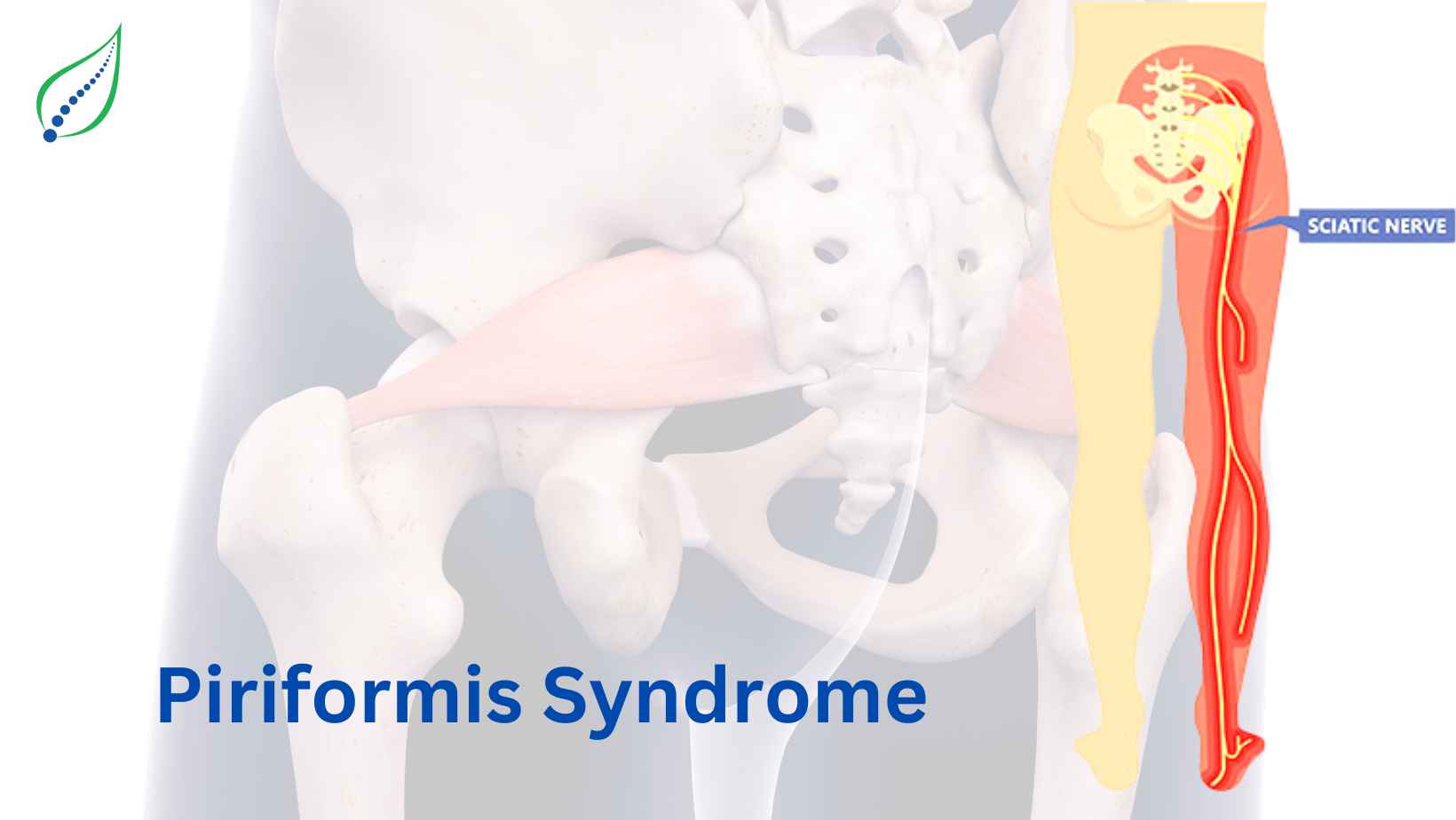Piriformis Syndrome
Piriformis Syndrome is a rare neuromuscular condition in which the sciatic nerve gets compressed by the piriformis muscle. It has a flat pyramidal structure and is located in the gluteal region of the body. This muscle is responsible for rotation and abduction of the hip and also helps in maintaining the balance of the body while shifting the body weight from one side to the other. The sciatic nerve extends from the spinal cord and through the piriformis muscle, eventually scattering into various branches ending in each foot.
The most common symptom of piriformis syndrome is pain due to nerve compression. The pain can be either felt in one side of the buttocks or both and usually extends down towards the legs. A spasm in the piriformis muscle can lead to the compression of the sciatic nerve and lead to this syndrome. The pain can be triggered in certain positions such as while sitting or running and can cause severe discomfort in the body. Sciatica, which is an inflammation of the sciatic nerve due to compression is also responsible for the pain that radiates down the legs.
Symptoms
Piriformis syndrome has certain symptoms associated with it, the most common ones are:
- Pain in the buttocks area
- Tingling sensation or numbness in the buttocks and back of the leg
- Inability to sit comfortably
- Tenderness and pain in the legs
- Pain triggered by prolonged sitting
- Pain after physical activities that involve the movement of the lower body.
Causes
The piriformis muscle is a very active agent of mobility and is used in almost every movement involving the hips and thighs. This puts it at risk of overuse and injury from repetitive motion. Sometimes prolonged inactivity can also cause this syndrome. Some common causes are:
- Prolonged sitting
- Inactivity or no physical movement for a long time
- Injury due to repetitive motion or overuse
- Running vigorously for long periods of time
- Accident causing trauma to the hip
- Sudden fall or shock to the hip
Diagnosis
There is no specific diagnostic test available for this syndrome yet. However, your physician will conduct a physical exam which involves a variety of movements to check when the pain is getting triggered. If you have been experiencing pain, discomfort, numbing sensation, or tingling in the hips and back of the legs you should visit a doctor. Your doctor will check and confirm your symptoms and on the basis of your past medical records provide you with a diagnosis.
Treatment
The very first step you need to take to improve your condition is to avoid movements and positions that trigger pain. The best way of treating this syndrome is by taking proper rest and consulting an orthopedic doctor for fast recovery. Non-Surgical Multidisciplinary treatment works best in piriformis syndrome. Your doctor might give a therapeutic steroid injection into the piriformis muscle and near the area of the sciatic nerve to reduce inflammation around nerve. Stretching and performing light exercises in the right amount has shown to considerably improve the condition.
OMT or Osteopathic Manipulative Therapy has shown to be a very effective treatment for piriformis syndrome. It involves putting gentle pressure on the affected area, stretching, and resistance training to restore mobility and relieve pain. This treatment can be taken along with over-the-counter anti-inflammatory drugs in case the pain becomes unbearable. Other than this, there are anesthetics and muscle relaxants available which can also provide a certain degree of relief to the body.
The best preventive measure for piriformis syndrome is avoiding repetitive movements and overuse of the muscle. Maintaining a good posture while exercising is also very important in ensuring the overall health of the body.

_1747226427_1751827070.png)
_1744793045_1751827442.png)
_1743751136_1751830603.png)
